Inflation’s Wild Ride
As the presidential election approaches, politicians are focused on who is to blame for price increases. How did we get here?
By Jeanna Smialek, Karl Russell and


Advertisement
As the presidential election approaches, politicians are focused on who is to blame for price increases. How did we get here?
By Jeanna Smialek, Karl Russell and


Researchers discovered painted ladies on a South American beach and then built a case that they started their journey in Europe or Africa.
By
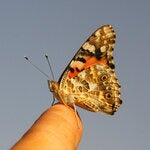
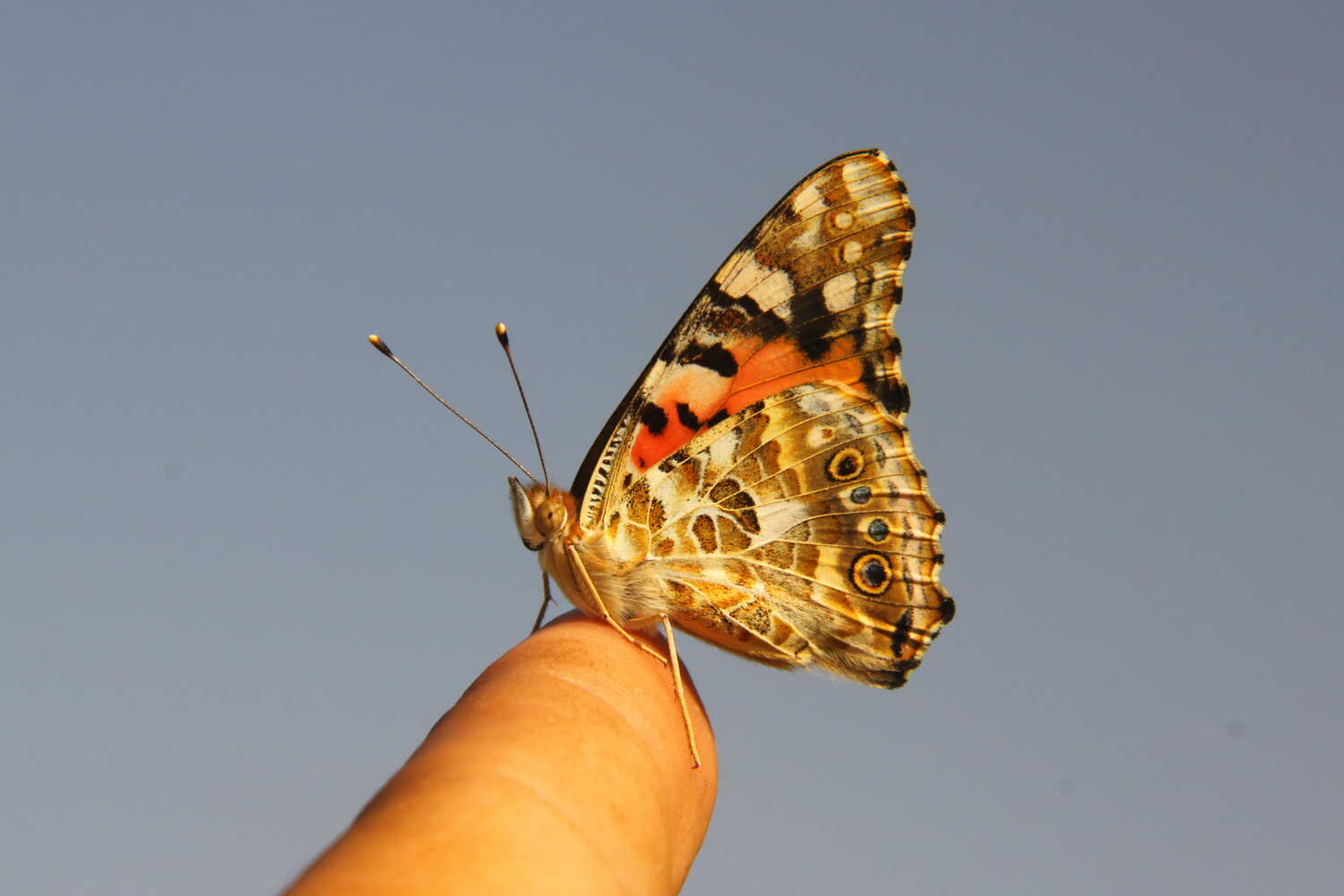
Despite decades of research, the evidence for omega-3 supplements is murky.
By


Low-lying tropical island nations were expected to be early victims of rising seas. But research tells a surprising story: Many islands are stable. Some have even grown.
By Raymond Zhong and


Advertisement
Introducing Our 2024 Poll Tracker
It starts by showing a very close race nationally and in critical battleground states.
By

The Major Supreme Court Cases of 2024
No Supreme Court term in recent memory has featured so many cases with the potential to transform American society.
By Adam Liptak, Abbie VanSickle and

Six Takeaways From the First Presidential Debate
In a testy, personal clash, President Biden failed to ease worries about his age, Donald Trump forcefully made his case (with wild claims and exaggerations) and the moderators held their fact-checking fire.
By Shane Goldmacher and

Fact-Checking Biden’s and Trump’s Claims on Domestic Policy
We scrutinized the presidential candidates’ recent claims on abortion, health care, crime and climate change ahead of the debate.
By
The Last Stand of the Woolly Mammoths
The species survived on an island north of Siberia for thousands of years, scientists reported, but were most likely plagued by genetic abnormalities.
By
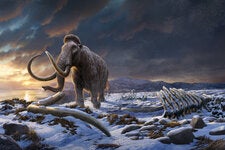
Scientists Find First Evidence That Butterflies Crossed an Ocean
Researchers discovered painted ladies on a South American beach and then built a case that they started their journey in Europe or Africa.
By

A group of neuroscientists argue that our words are primarily for communicating, not for reasoning.
By
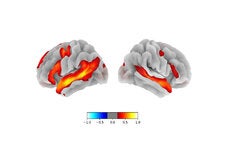
A Trilobite Pompeii Preserves Exquisite Fossils in Volcanic Ash
A fossil bed in the High Atlas Mountains of Morocco is allowing new insights into the anatomies of arthropods that lived a half-billion years ago.
By

Advertisement
When Your Building Super Is an A.I. Bot
Artificial intelligence is doing everything from helping landlords communicate with tenants to managing energy use.
By

What the Arrival of A.I. Phones and Computers Means for Our Data
Apple, Microsoft and Google need more access to our data as they promote new phones and personal computers that are powered by artificial intelligence. Should we trust them?
By

When the Terms of Service Change to Make Way for A.I. Training
Tech companies have been making subtle and not-so-subtle changes to their rules for better access to data for building A.I. We took a look at some of them.
By

How A.I. Is Revolutionizing Drug Development
In high-tech labs, workers are generating data to train A.I. algorithms to design better medicine, faster. But the transformation is just getting underway.
By Steve Lohr and

Now Narrating the Olympics: A.I.-Al Michaels
NBC will offer a customized, daily highlight reel with A.I.-generated narration that sounds like the longtime broadcaster.
By

Emily Henry on Writing Best-Sellers Without Tours and TikTok
The author of “Funny Story” churned out five consecutive No. 1 best-sellers without leaving her comfort zone. How did she pull it off?
By

Do You Know Where These Classic Novels Are Set?
Summer is here! Try this short quiz about books that happen to be set in popular vacation destinations.
By

New York’s First Black Librarians Changed the Way We Read
How the women who ran libraries during the Harlem Renaissance built collections and, just as important, communities of writers and readers.
By

The Folger Library Wants to Reintroduce You to Shakespeare
After an $80 million expansion, the Folger Shakespeare Library is reopening with a more welcoming approach — and all 82 of its First Folios on view.
By
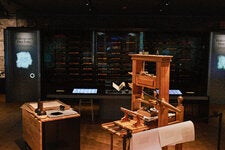
Advertisement
Study Finds Small Streams, Recently Stripped of Protections, Are a Big Deal
Half of the water flowing through regional river basins starts in so-called ephemeral streams. Last year, the Supreme Court curtailed federal protections for these waterways.
By
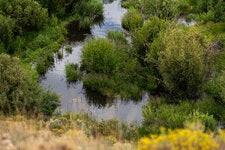
How Ocean Warming Is Warping the World
The effects of ocean warming are vast, but often invisible.
By

The Vanishing Islands That Failed to Vanish
Low-lying tropical island nations were expected to be early victims of rising seas. But research tells a surprising story: Many islands are stable. Some have even grown.
By Raymond Zhong and

The Mysterious, Deep-Dwelling Microbes That Sculpt Our Planet
Earth’s crust teems with subterranean life that we are only now beginning to understand.
By
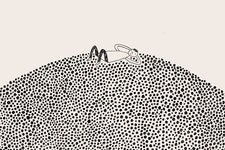
As the presidential election approaches, politicians are focused on who is to blame for price increases. How did we get here?
By Jeanna Smialek, Karl Russell and
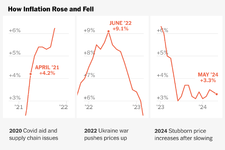
Dilemma on Wall Street: Short-Term Gain or Climate Benefit?
Portfolio managers have conflicting incentives as the economic and financial risks from climate change become more apparent but remain imprecise.
By

Get Ready for the Debate Like an Economics Pro
What you need to know about the economy before Thursday’s showdown between President Biden and Donald J. Trump.
By

The Taylor Swift Economy Has Landed in Europe
Economists are debating what effect the singer’s sweep through Europe will have this summer as swarms of fans increase demand for hotels and services.
By

Advertisement
At SFMOMA, the artist enacts a parable about trauma and healing in Black life — and makes her first foray into robotics. “I went down a little sci-fi rabbit hole the last couple years working on this piece.”
By

Virginia Woolf, but Make It a Polyphonic, Sensory Ballet
American Ballet Theater brings Wayne McGregor’s “Woolf Works,” which evokes elements of three novels and the writer’s biography, to New York.
By

A Rubens Returns to a German Castle, 80 Years After It Was Stolen
The oil painting of a saint, looted from the castle in the closing weeks of World War II by the ducal family that once owned it, is being returned by a Buffalo museum.
By

Dutch Fashion Designer Iris van Herpen Moves Into Art
“There’s more to me than only couture,” she said, previewing her first exhibition of sculpture. Catch it while you can: The show will last only 45 minutes.
By

Is Fish Oil Helpful or Harmful for the Heart?
Despite decades of research, the evidence for omega-3 supplements is murky.
By

Federal Officials Revise Recommendations for R.S.V. Vaccine
Among Americans aged 60 to 74, only those with certain health conditions need to receive the shots, the agency concluded.
By

New Drug Provides Total Protection From H.I.V. in Trial of Young African Women
An injection given just twice a year could herald a breakthrough in protecting the population that has the highest infection rates.
By

Is Delaying Menopause the Key to Longevity?
Scientists are studying how to keep the ovaries working longer — and potentially, prevent age-related diseases in the process.
By Alisha Haridasani Gupta and

Advertisement
Who Was Harriet Tubman? A Historian Sifts the Clues.
A brisk new biography by the National Book Award-winning historian Tiya Miles aims to restore the iconic freedom fighter to human scale.
By

On June 19, 1865, enslaved African Americans in Texas were told they were free. A century and a half later, people across the United States continue to celebrate the day, which is now a federal holiday.
By

The Human Toll of Nuclear Testing
The U.S. bombings that ended World War II didn’t mark the close of atomic warfare. They were just the beginning.
By

The 19th-Century Club You’ve Never Heard of That Changed the World
In a democracy, how far is too far?
By
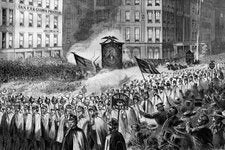

If A.I. Can Do Your Job, Maybe It Can Also Replace Your C.E.O.
Chief executives are vulnerable to the same forces buffeting their employees. Leadership is important, but so is efficiency — and cost-cutting.
By

The Quiet Magic of Middle Managers
Amid a wider national atmosphere of division, distrust, bitterness and exhaustion, middle managers are the frontline workers trying to resolve tensions and keep communities working.
By

When making difficult decisions, you won’t help matters by over-explaining that you did what was best for everyone.
By

Elon Musk’s Mindset: ‘It’s a Weakness to Want to Be Liked’
In an interview, the tech billionaire slams advertisers for pulling back from X and discusses his emotional state.
By Andrew Ross Sorkin, Evan Roberts, Elaine Chen, Dan Powell and

Advertisement
A group of neuroscientists argue that our words are primarily for communicating, not for reasoning.
By

High temperatures can make us miserable. Research shows they also make us aggressive, impulsive and dull.
By

What ‘Inside Out 2’ Teaches Us About Anxiety
A new emotion has taken over Riley’s teenage mind. And she has lessons for us all.
By

PTSD Treatments Are Falling Short for Many Patients
Therapy and medication can help people recover from trauma, but many struggle to access the care they need.
By

Was the Dingo Born to Be Wild?
Burial remains from 800-2,000 years ago hint that the First Australians may have kept the continent’s famous canine species as pets.
By

I Study Homelessness. I Wish More Places Looked Like This Shelter.
Matthew Desmond takes you to a shelter designed with residents in mind.
By Matthew Desmond and

A Korean Secret to Keeping Friendships Strong: Savings Groups
In South Korea, it’s common for friends to form what are known as gyemoim to save for vacations, meals and other social activities.
By

Ancient Genomes Reveal Which Children the Maya Selected for Sacrifice
Thousand-year-old DNA from Chichén Itzá offers eye-opening details of the religious rituals of ancient Maya.
By

Advertisement